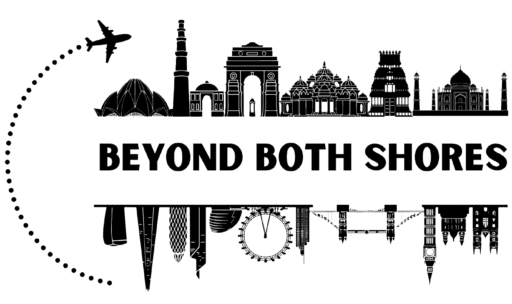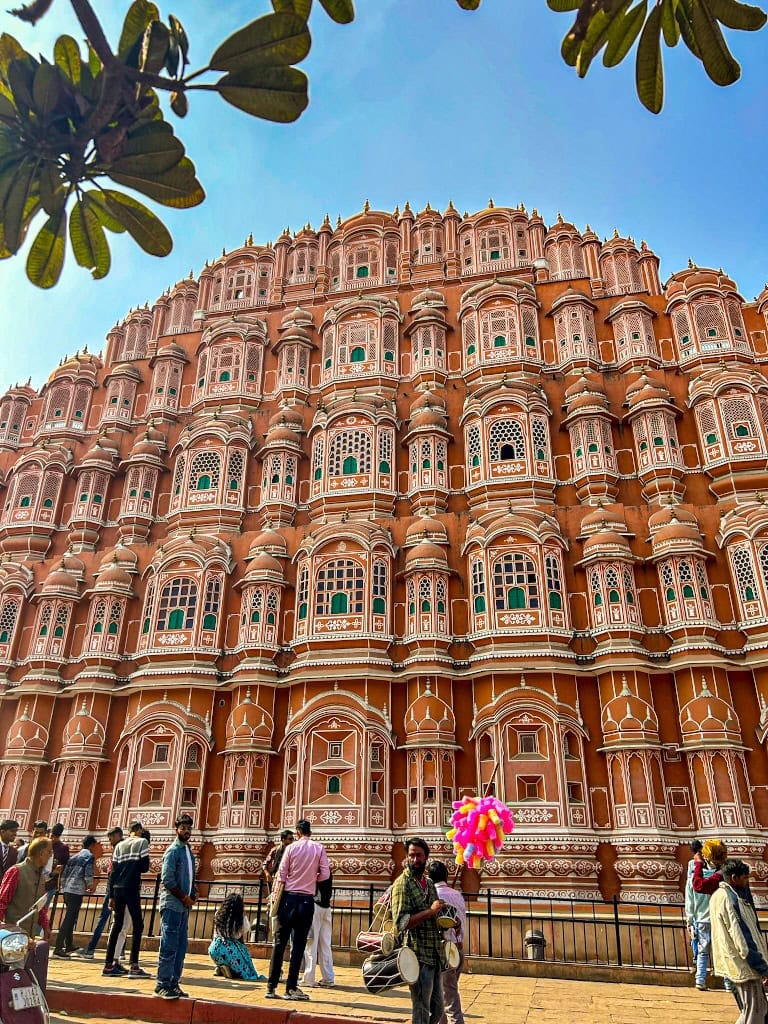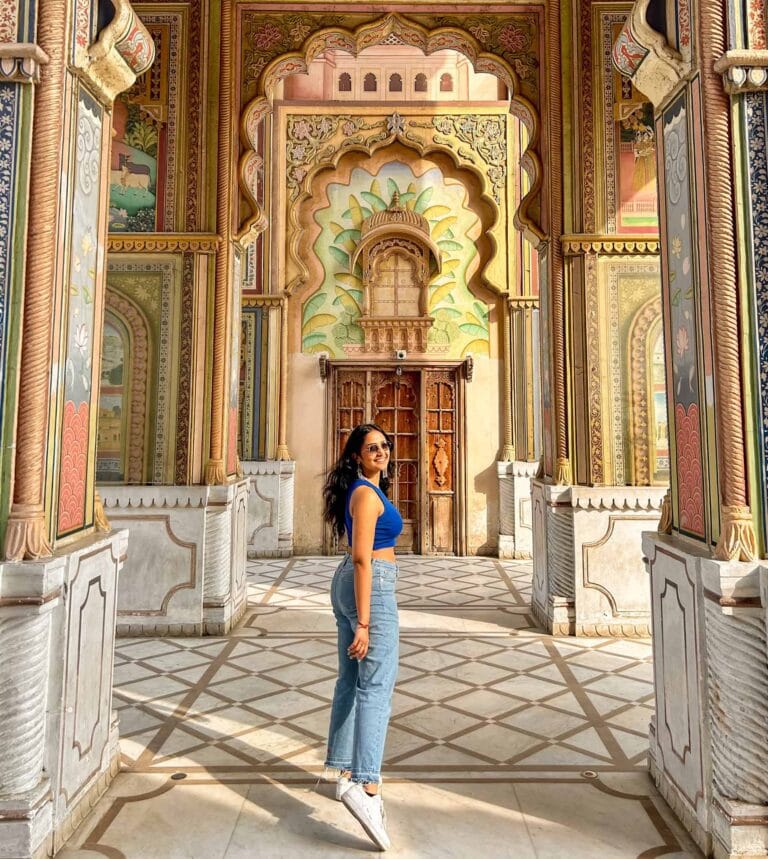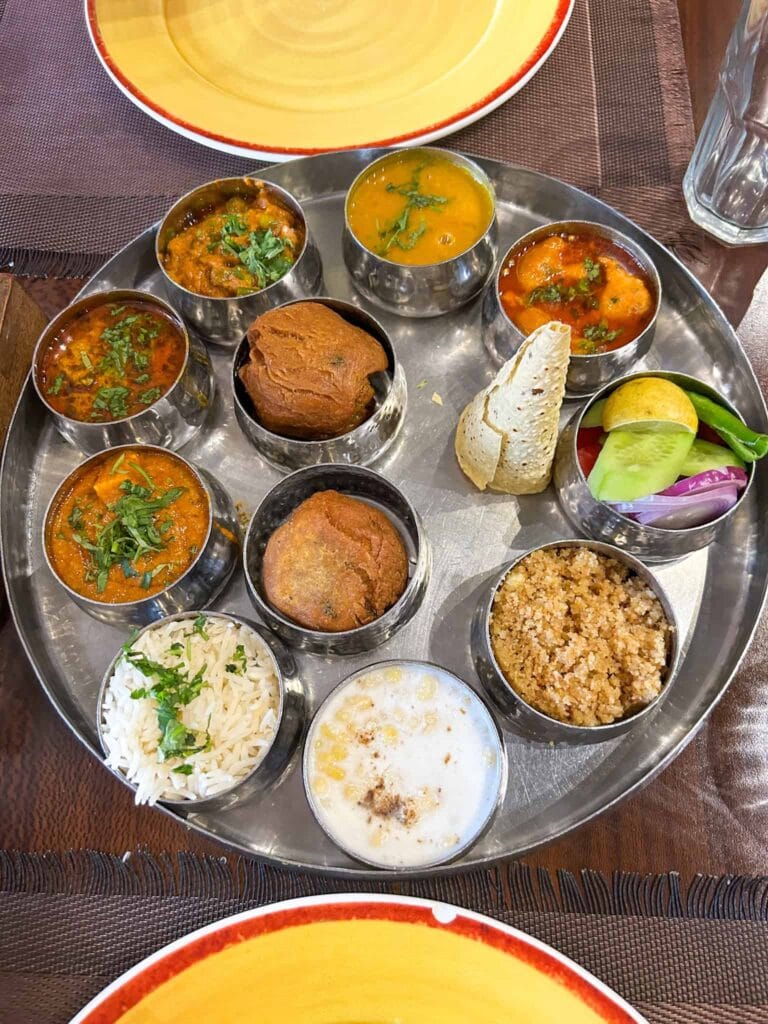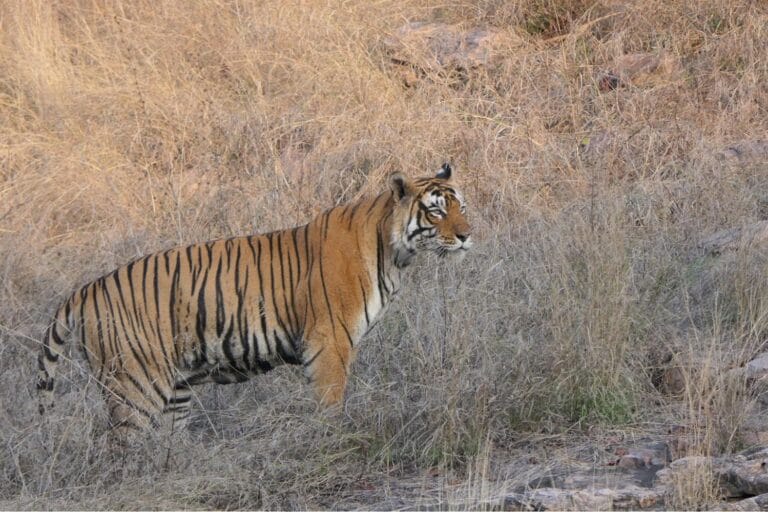India Packing List 2025: What to Pack for Your First Trip
Juggling airline luggage restrictions, wanting to match the colourful vibe of India, and still having space for souvenirs? We’ve all been there. Packing for India can feel overwhelming, especially if it’s your first trip.
As someone who grew up in India but returned later as a tourist, I realised how different it feels to pack for such a culturally and climatically diverse country; India demands smart packing.
As you may already know, India is a place where you may not be able to wear the same clothes you wear at home. Add in cultural diversity, especially for women, where modesty often matters, and you need a well-thought-out packing strategy. So don’t be afraid to add colour, try new forms of outfits and enjoy the journey!
This India packing list for 2025 covers everything you’ll need: climate-ready clothing, cultural essentials, travel gear, and toiletries. Pack light, pack smart, and you’ll enjoy the adventure stress-free!
India Packing List Guide
Backpack vs Suitcase for India Travel
Whether to bring a backpack or suitcase for India really depends on your travel style and itinerary.
If you’re staying mainly in hotels, resorts, or guesthouses, a suitcase with wheels is often more convenient. Roads in major cities are manageable, and rolling luggage saves you from carrying weight on your shoulders. Plus, a suitcase gives you more space for clothes and souvenirs, while laundry services in India are affordable and quick, so you won’t need to overpack.
On the other hand, if your trip involves offbeat destinations, rural areas, or lots of walking, a backpack can be a better choice. Narrow streets, uneven roads, or crowded train stations are sometimes easier to navigate hands-free.
Ultimately, it comes down to what your itinerary demands. Both work for India, so choose based on your comfort, transport options, and how much you plan to shop along the way.
Pro Tip: If you plan a mixed trip, i.e., city stays with some adventurous exploring, consider a suitcase for comfort and a small daypack for day trips and walking tours.
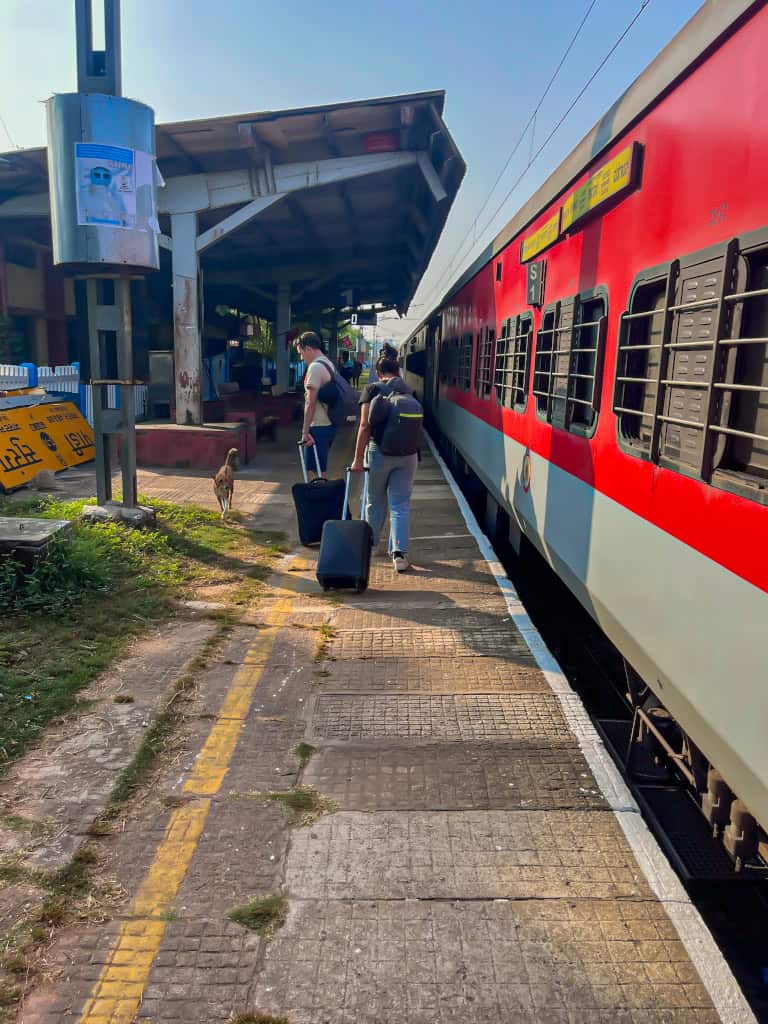
Best Time to Visit India
All of the travel around India is very much dependent on its weather. Always check reliable weather websites before finalising your trip. Generally, we would categorise the seasons as below:
Winter (Nov-Feb) – This is the most comfortable season to explore popular destinations of India, as the weather is generally cooler and pleasant. Delhi, Agra, and Rajasthan are at their best during these months. The only exception is the far north, where the mountains remain very cold and in some places even snow-covered.
Spring (March-May) – As the months roll into spring, temperatures begin to rise sharply across much of the country, and the heat can put some travellers off. Still, it’s a great time to head for higher-altitude spots, where the climate stays refreshing and ideal for outdoor activities such as trekking or yoga retreats.
Summer/Monsoon (June- Oct) – During this season, heavy rains sweep through most regions, cooling the air but also bringing high humidity. If you don’t mind the downpours, this period can be rewarding, especially in northern destinations such as Rajasthan and Kerala, which take on a more vibrant, lush feel during and after the monsoon showers.
Check out Accuweather, one of our most trusted websites for weather forecasts for India. Put in where you’re going, and you can see what the average weather will be at the time you plan to visit the country.
What Clothes to Pack for India’s Weather & Culture
Packing for Hot Weather in India
Most first-time visitors explore the Golden Triangle or a combination of Delhi, Agra, Rajasthan and/or Goa, regions that often are a mix of extremely hot and cold weather. Depending on the time you visit, the daytime temperatures can soar up to 30°C, while the lowest temperature could be 1-2°C. So it is wise to always have both options at hand.
For hot weather in India, the best clothes to wear are lightweight fabrics such as cotton, linen, or rayon. These materials are breathable, absorb sweat, and help your body stay cool in the heat. Women travellers in India will find tunics or loose tops with jeans or flowy/linen trousers, both modest and comfortable for long journeys.
Men visiting India can opt for loose shirts or t-shirts with linen trousers or shorts, or pick up a traditional kurta. Both tunics and kurtas are widely available in local markets for anyone who wants a cultural touch. A scarf, shawl, or dupatta is a must-pack item as it offers UV protection and doubles as a cover for women when visiting religious sites. For men, carrying a simple handkerchief for temple visits (to cover the head) goes a long way.
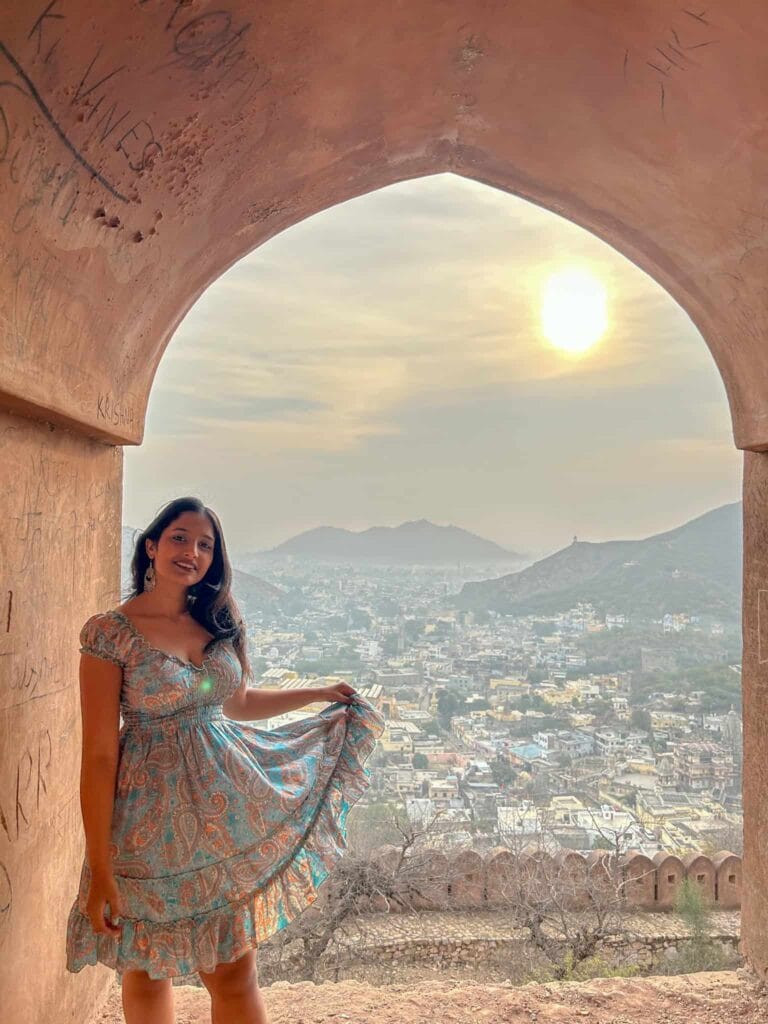
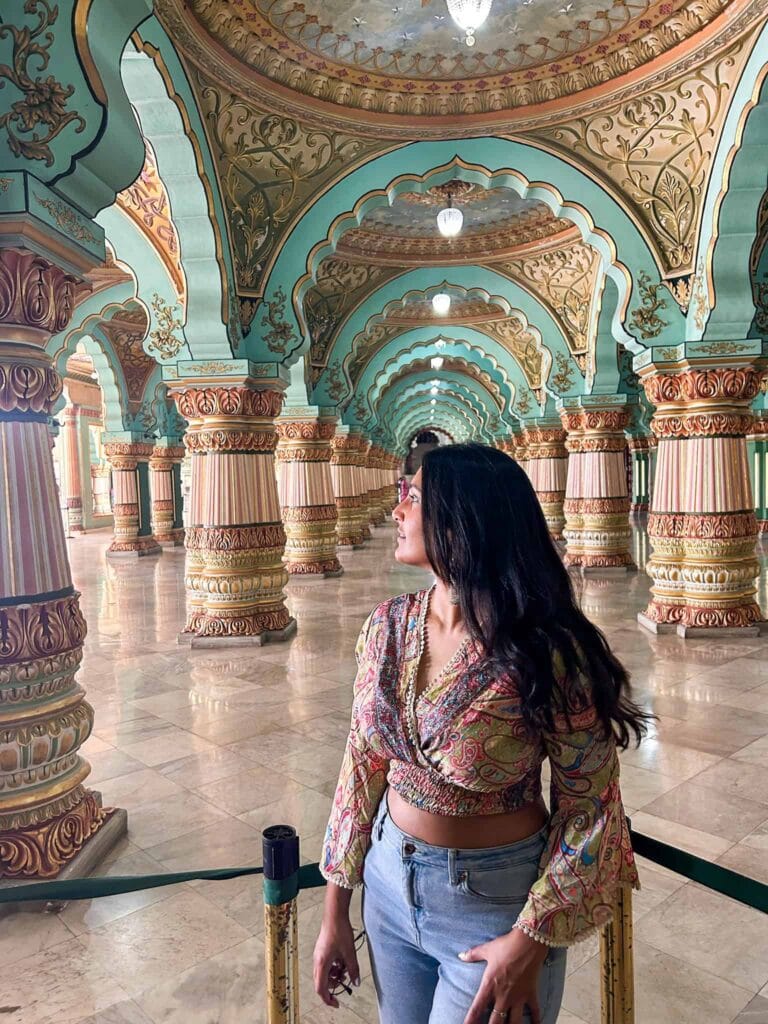
Packing for Cold Weather in India
When visiting northern India in winter, packing warm layers is essential. Temperatures can drop sharply, especially in regions such as Delhi, Himachal Pradesh and cities like Agra. Any hill station can also be cold as they are in the mountains, for example, Munnar in Kerala. Carry a compact but warm jacket, cardigan or jumper for day-to-day use, and add a heavier coat if you’re heading further north.
Socks are a must, both for warmth and for temple visits where shoes will not be permitted. A scarf or shawl works double duty – keeping you warm in windy weather and, for women, acting as a cover-up at religious sites. For areas with temperatures below 10°C, thermal innerwear makes a big difference in staying comfortable without overpacking.
Pro Tip: Use Local Laundry Services – One of the best ways to keep your India packing list manageable is to rely on local laundry services. They are widely available in cities and tourist areas, fast, and affordable. If you’re staying somewhere for 2-3 days, you’ll usually have your clothes returned fresh and clean before you move on (sometimes even the same/next day!). Cotton and linen clothing can be hand-washed and hung to dry by the next day!
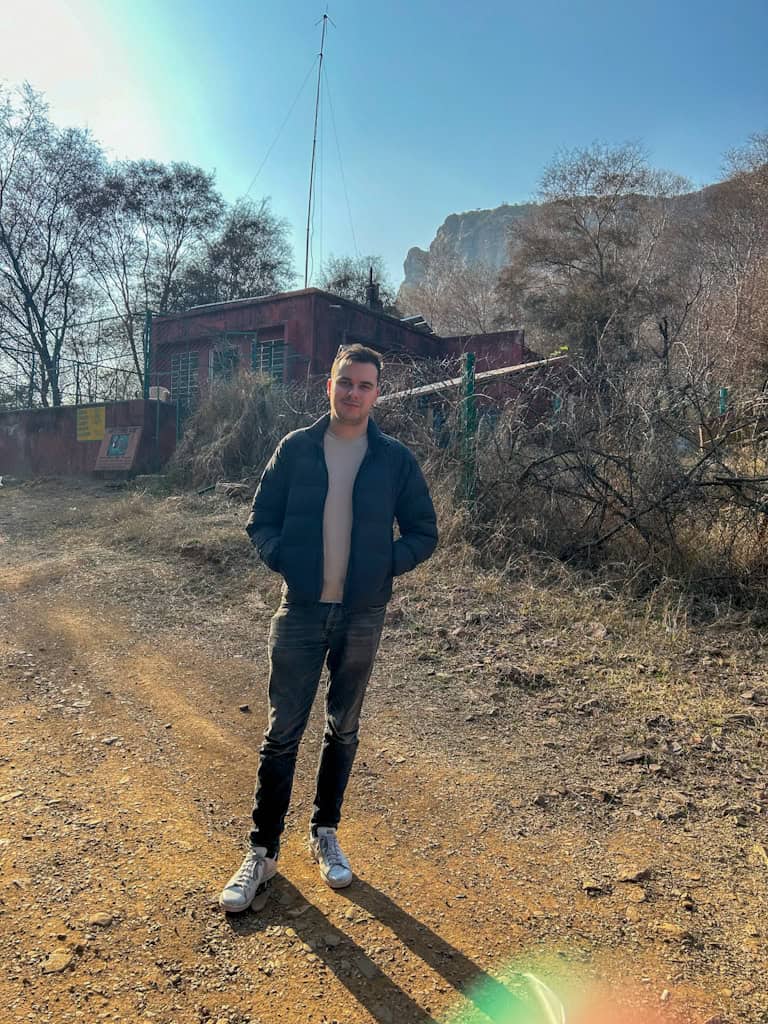
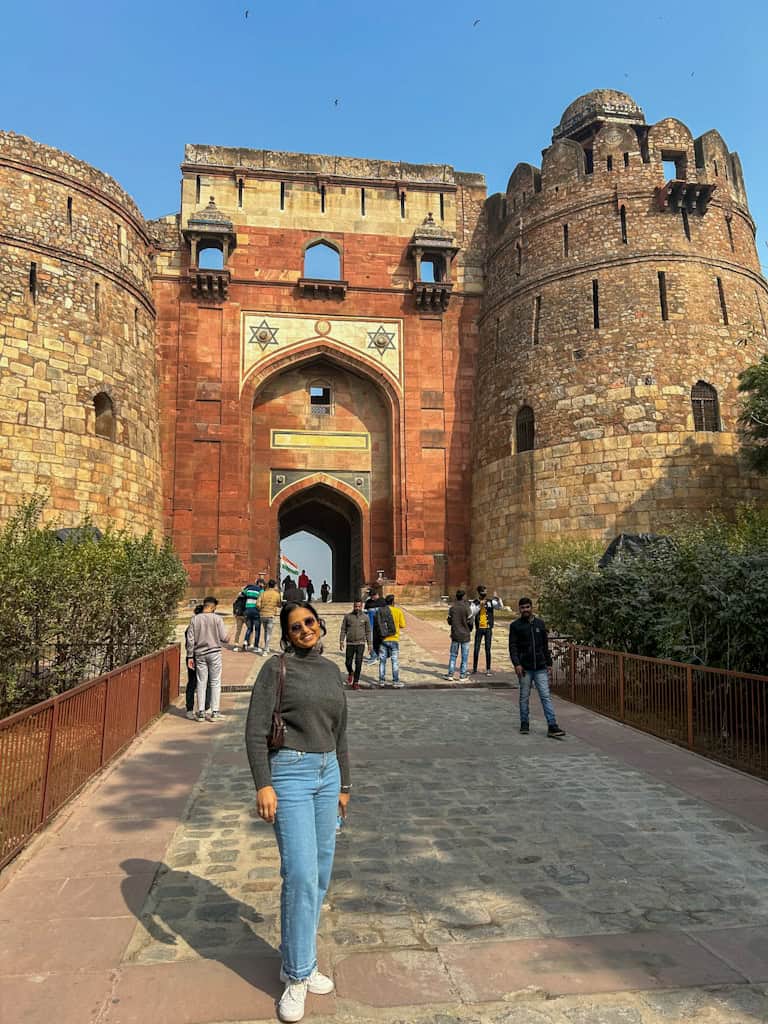
Essential Footwear for India Travel
When deciding what shoes to pack for India, stick to three versatile pairs. A sturdy pair of walking shoes will cover sightseeing, city tours and light treks. Flip-flops or sandals are perfect for beaches, casual days or hostel showers.
Finally, one pair of smart flats or dress shoes works well for evenings out or nicer restaurants. Don’t forget multiple pairs of socks, as they are important not only to keep you warm but also for temple visits where shoes must be removed.
For a full guide on what to wear in India as a female traveller, check out our detailed blog here!
Toiletries & Personal Care in India
Your toiletries packing list for India can make or break your comfort. While you can buy many products locally, it’s best to bring trusted essentials from home.
Hygiene – Pack hand sanitiser, wet wipes and toilet paper. Public restrooms can be basic, and soap or water may not always be available.
Sun and insect protection – Use a high SPF sunscreen, i.e., SPF 30+ for body and SPF 50 for face, especially in sunny states like Goa, where UV levels can go as high as 12. A mosquito repellent is also essential to reduce the risk of illness, such as dengue or malaria. Local brands like Odomos are popular options.
Women’s essentials – Tampons are not widely available in India, so you should bring your own. Sanitary pads are the most common option in shops and pharmacies.
Health kit – Pack basics such as rehydration salts (Dioralyte), Ibuprofen/Paracetamol for general purposes, Imodium for emergencies and plasters for cuts are essential. Always travel with medical insurance for peace of mind.
Local tip: Pudin Hara or Ayurvedic remedies are great for digestion issues, and Odomos, a popular choice for mosquito repellent.
Always check trusted websites for health tips and guidance when travelling to a foreign country. Given that we live in the UK, we often read through the guidelines from the NHS. Other popular and reliable websites are CDC and WHO.
Must-Have Travel Gear for India
Water bottle – Tap water isn’t safe to drink in India, so bottled water like Aquafina is a good go-to option.
Money belt – Cash is still widely used, especially for street food, markets, or tips. While India has a digital payment system called UPI, it’s hard to use without an Indian bank account and phone number. Some places might accept Monzo or Revolut, and Apple Pay doesn’t work. So cash will be your bestie. Having a money belt will also help keep cards and ID safe, especially on crowded trains or bazaars.
Internet access – A local SIM (Airtel, Jio, Vodafone) is cheap and reliable or opt for an eSIM like Airalo for instant connectivity. Wifi should be available at some airports and hotels. Either way, having data on your phone makes maps, rideshares, and translations much easier.
Powerbank – Trains, buses, and smaller towns may not have reliable charging options. With navigation, WhatsApp, and e-tickets on your phone, running out of battery can ruin your day, so best to carry 2-3 power banks that you can charge turn by turn.
Universal adapters – India uses C, D, and M plugs (230V). In 2025, choose one with USB-C ports to cover modern devices.
Travel lock for luggage – India’s overnight trains are safe but busy. Using a small lock for your bag gives peace of mind. Even in hotels or hostels, it can be very useful.
Physical copies of travel documents – Always carry printed copies of your passport, visa, and insurance. Digital versions are fine, but some offices and hotels may insist on paper copies.
Quick-dry Towels – Handy for beach days, as using your own towels can be made easy, especially when you wish to sunbathe. We got this one – so good!
TL;DR: Essential Packing Items for India
3 x Loose cotton/linen top | Breathable, versatile and easily layered |
2 x Kurta/tunic or long summer dress | Comfortable for travel days, visiting religious sites, and blending in locally. Kurta/tunic is a unisex option |
2 x Pair of Jeans | Classic choice, practical for mixed climates and citywear |
2 x Linen Trousers | Great for hot weather, sightseeing and train journeys |
2 x Warm layers | A combination of a jacket/hoodie/cardigan, which is light but warm, can add a heavy coat if going north |
1 x Scarf/Shawl | Useful for sun protection, visiting religious sites, plus as a makeshift blanket. You can buy some there too! |
3 x Footwear | Walking shoes, flip-flops, and one nice pair of flats/shoes |
5 x Socks | Keeps you warm, as well as useful when visiting religious sites, where you’ll be asked to take your shoes off |
1 x Quick-dry beach towels & 2 x beachwear | Bikinis for Goa, modest suits for conservative beaches, and for men, a minimum of two swim shorts. |
1 x Waist bag/Money belt | Keep cash/cards/physical travel documents safe |
2 x Power banks & travel locks (as per luggage) | Useful for train journeys, busy cities where a plug point may not be available. Travel locks for peace of mind |
1 x Universal adaptor | India uses C, D, M; buy one with USB-C ports for modern devices |
Toiletries | Toilet roll, wet wipes, hand sanitiser, sunscreen (SPF 30–50), toothpaste and toothbrush |
Underwear | Extra pair for long days |
Make-up essentials | Including moisturiser |
Health kit | Dioralyte, paracetamol, Imodium, plasters, mosquito repellent, tampons and some local alternatives |
Accessories | Sunglasses, hat/cap, handkerchief (for temple visits), Kindle/books |
1 x physical copy of each travel document | Important documents such as your passport, visa, and insurance |

Conclusion: Travel Light, Travel Smart
Packing for India in 2025 can be overwhelming, but a thoughtful approach makes it simple. Prioritise lightweight clothing that suits both hot and cold climates, toiletries and medicines you trust and compact travel gear that saves hassle on the road.
Keep your packing light and versatile; think multi-purpose items and remember, laundry services are often cheap and easily accessible. This will also help create space for souvenirs you could take back home! Plan for the unexpected – delayed trains, or power cuts, etc, are quite common, so keep an open mind! And most importantly, don’t be afraid to play with bright colours because Indian clothes excel in them!
By prioritising what truly matters, you’ll stay comfortable, safe, and connected, while leaving plenty of space for spontaneous finds during your Indian adventure!
